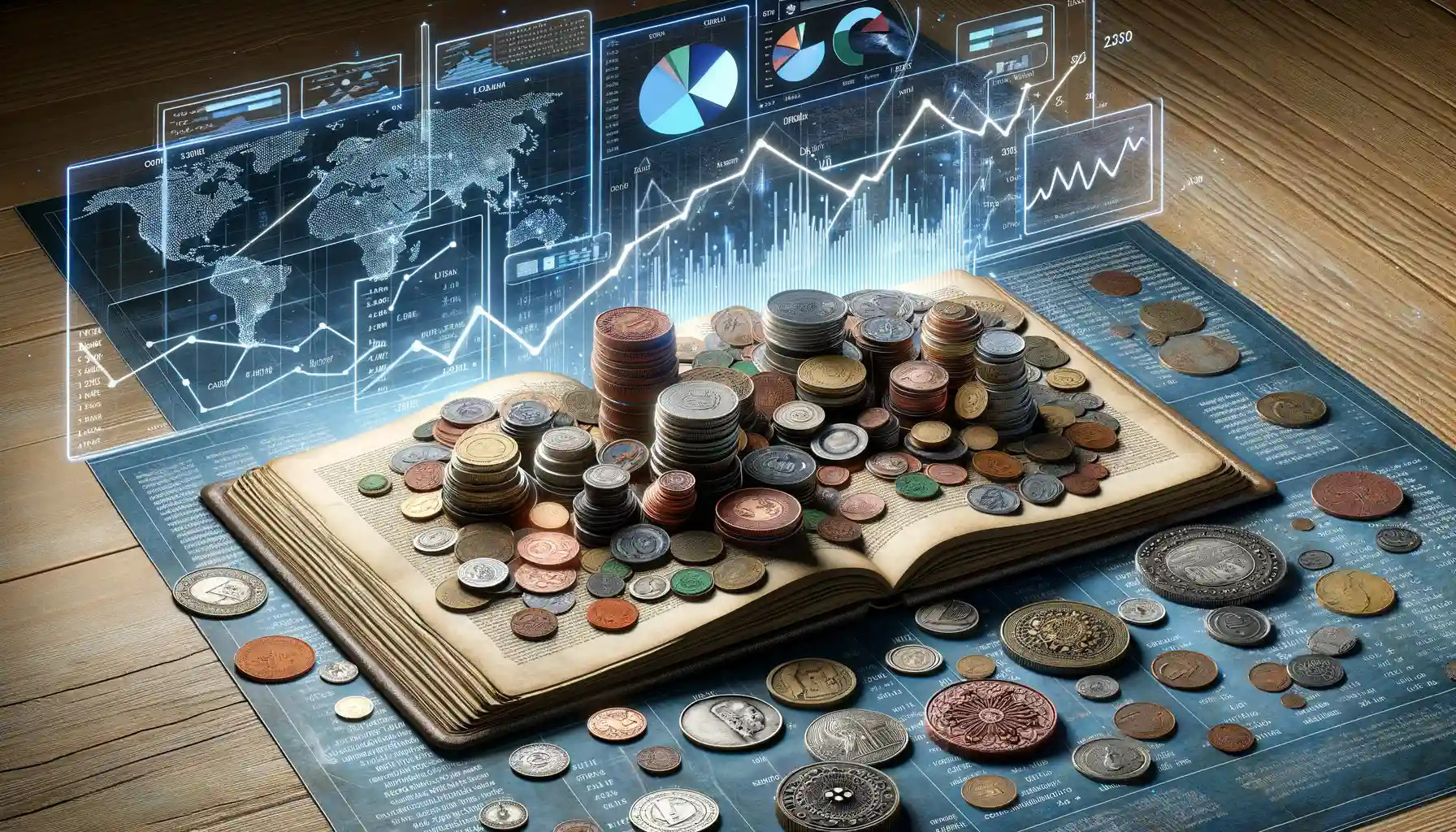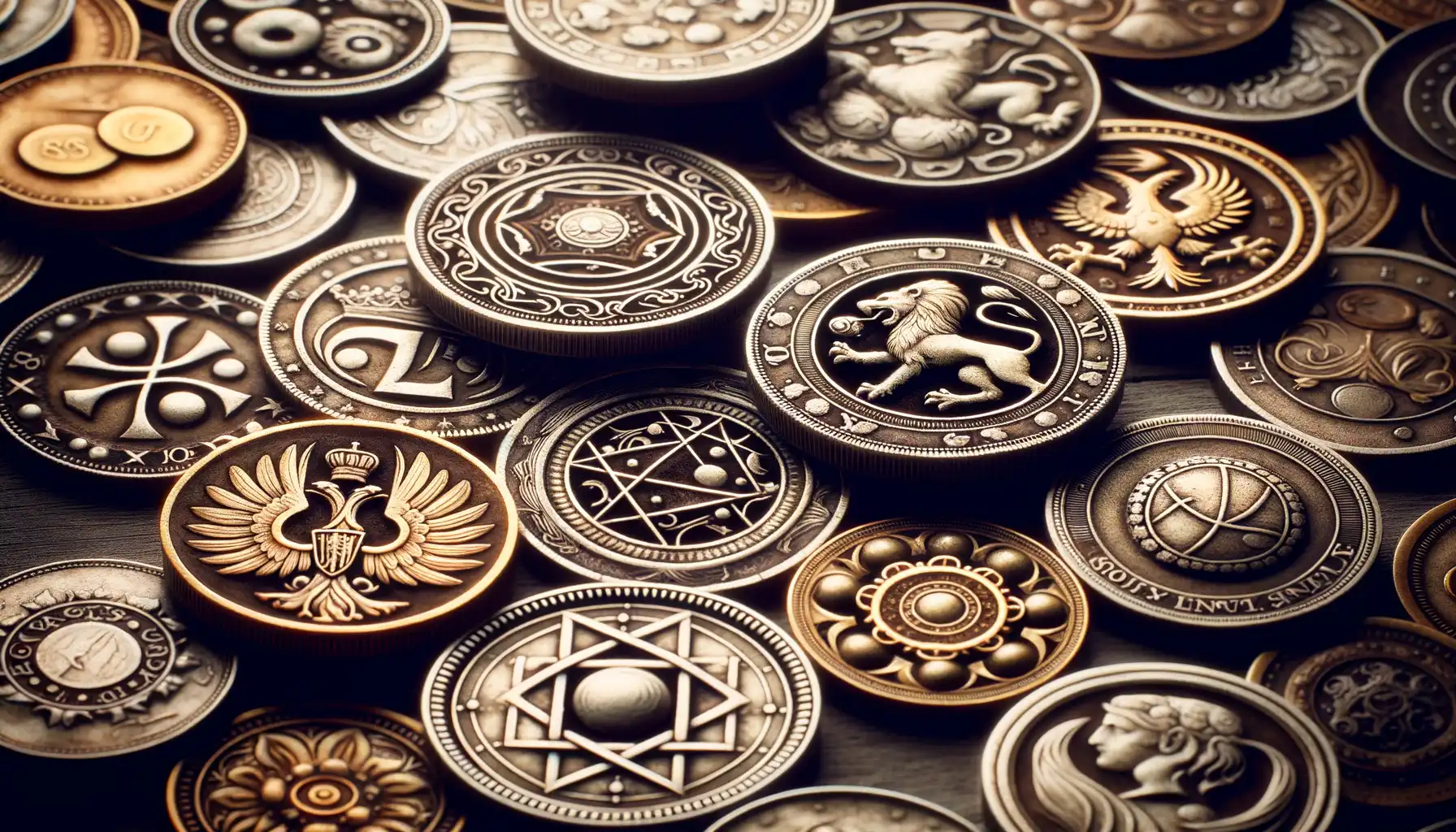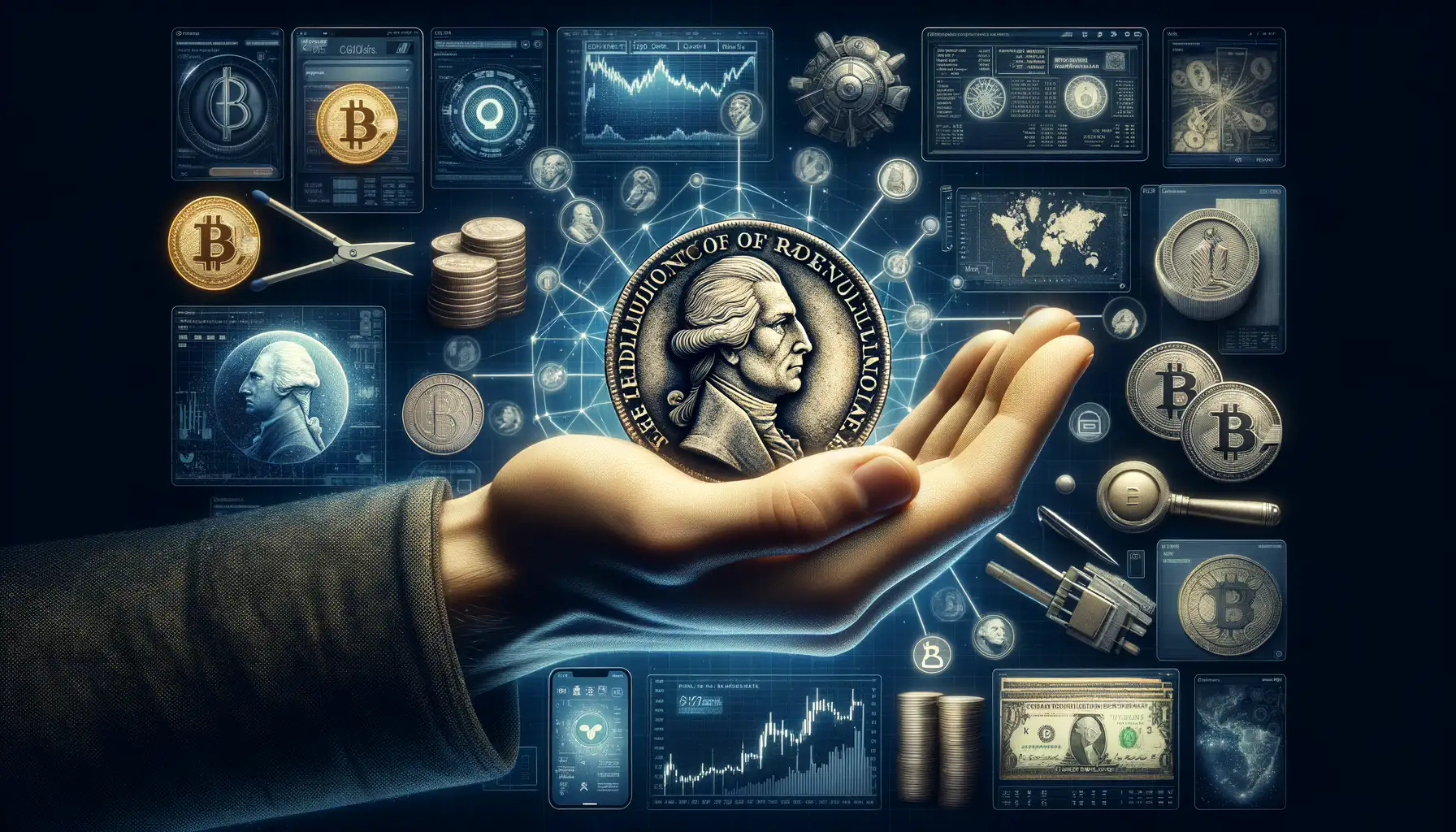Introduction to the Role of Coinage in History
How Coins Became the Footprints of History
Imagine holding a coin from centuries ago – a tiny, metallic time capsule. Its edges may be worn, its design faded, but it carries whispers of trade routes, empires, and revolutions. Coins weren’t just tools of commerce; they were storytellers. From the bustling marketplaces of Ancient Rome to the hidden pockets of soldiers fighting for independence, coins were often the silent witnesses to the greatest moments of human history.
But what makes them so powerful? It’s their simplicity. A coin could communicate a ruler’s authority, carry messages of rebellion, or unite communities under a shared cause. In times of turmoil, when printing presses couldn’t keep up or banks collapsed, coins were often the *true lifelines* of economies. And let’s not forget their portability. Would you smuggle a wagon full of goods across enemy lines, or slip a handful of silver coins into your boots?
- Coins became trustworthy symbols when trust in governments crumbled.
- They showcased revolutionary slogans that rallied people across borders.
- Even counterfeiting coins became acts of defiance in many uprisings.
These small discs bore meanings far bigger than their size – they were icons of survival, resistance, and change.
Economic Impact of Currency in Revolutionary Movements

Fueling Revolutions: Coins as Catalysts of Change
Revolutions don’t just erupt out of fiery speeches or secret meetings—they need economic lifeblood. And that lifeblood? Often, it comes in the form of currency. Think about it: without money to fund armies, print pamphlets, or bribe gatekeepers, many revolutions would sputter out before they ever gained traction.
Currency during revolutionary movements wasn’t purely transactional; it was strategic. Rebels minted their own coins or seized and repurposed existing ones to keep their cause alive. These weren’t just pieces of metal—they were tools of survival. Let’s break down why:
- Resources on Demand: Coins could rally local economies to support uprisings—paying soldiers’ wages, buying supplies, or even incentivizing loyalty among the uncertain.
- Shaking Economic Foundations: Introducing revolutionary coinage often destabilized the regime’s economy, rattling their control at its core.
Imagine a villager holding an unfamiliar coin stamped with revolutionary slogans. That coin didn’t just represent payment; it represented rebellion, hope, and the promise of an entirely new order. The struggle wasn’t just fought with swords or muskets—it was etched into the currency itself.
Symbolism and Political Power of Coinage

The Power of Stories Etched in Metal
Coins are not just economic tools; they’re miniature manifestos. Imagine holding a coin from a revolutionary era—its weight, its design—it’s more than metal. It’s a story, compressed into something you can slip into your pocket. Revolutionary leaders understood this well. They used coinage to shout their ideals to the masses and cement their power.
Every detail mattered. The engraved symbols? They weren’t decorative; they were deliberate. Take the liberty cap, for instance—a recurring emblem in revolutionary currencies. It wasn’t chosen on a whim. It screamed freedom, rebellion, and defiance against oppression.
During upheavals, coins became platforms for messaging:
- Icons of resistance: A broken chain symbolized liberation from tyranny.
- New leadership: Busts of revolutionary figures replaced fallen monarchs to declare: “We’ve taken over.”
Coins as a Declaration of Independence
Minting your own currency during a revolution wasn’t just practical—it was provocative. It severed ties with old regimes, making a bold statement: “We reject your rule, even your money.” Think of it as signing a declaration, but casting it in metal for all to see and touch.
When the American colonies issued their own coinage, like the famous Pine Tree Shilling, it wasn’t just about commerce. That tree stood tall as a quiet yet striking emblem of self-reliance. These designs fueled morale, reminding people of what they were fighting for—and what they refused to return to.
Case Studies of Revolutionary Movements and Coins

The Coins That Sparked Uprisings
What if I told you that a simple coin could hold the power to ignite rebellion, inspire oppressed masses, and challenge entire empires? Throughout history, revolutionary movements have minted their ideals—not just in fiery speeches or secret pamphlets—but in the glimmering faces of their coins. Let’s dive deep into two fascinating examples that reflect this.
Take the American Revolutionary War, for instance. The Continental Congress issued the “Continental Dollar” during the fight for independence. While it wasn’t made of precious metal (hello, practicality over perfection), these coins symbolized defiance against British rule. Imagine holding one—it didn’t just buy goods; it bought hope for freedom from monarchy.
Now cross the Atlantic and rewind to the French Revolution. Revolutionary leaders reshaped France’s coins—gone were the kings and their crowns. Instead, they featured symbols like the Phrygian cap, liberty personified. It was a bold declaration: “We are no longer subjects, but citizens.”
- In one hand, a mere piece of metal.
- In the other, an entire revolution encapsulated.
That’s the magic of coinage—empires crumble, but their stories remain etched forever.
Legacy and Influence of Revolutionary Coinage Today

The Spark of Change: Coins as Symbols in Modern Movements
Revolutionary coins aren’t just relics—they’re whispers from the past that still echo in today’s world. Think about it: a simple piece of metal transformed into a loud, defiant statement. Modern movements continue to draw inspiration from these artifacts, using currency to tell stories of struggle and triumph.
Take the collectible coins minted during national milestones or movements for social justice in recent years. These aren’t everyday pocket change but rather tangible reminders of progress. Some feature bold imagery like clenched fists or historical figures who broke barriers. Others replace traditional designs with symbols of unity, diversity, and power. It’s a way to pass a message, not just paper or metal.
- Protest coins: Released unofficially to challenge authority, much like their revolutionary predecessors.
- Commemorative coins: Marking turning points—think anniversaries of independence or movements like civil rights.
Why the Legacy Lives On
Even in digital spaces, the spirit survives. Cryptocurrency, for instance, has been labeled the “revolutionary coinage” of this era. Bitcoin’s rise wasn’t fueled by convenience—it was born out of distrust for centralized power, echoing the defiance of earlier coinage rebels. Whether metal, paper, or digital, revolutionary currency is a language of resistance, evolution, and identity.